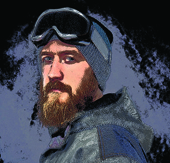

 |
 |
 |
 |
 |
  |
DAY 3 - THE IRON BEASTS THAT HELPED SHAPE THE PAST
Zachary was the first to arrive at the picnic spot. People call it the picnic spot, but it’s little more than just a clearing from where you have the most amazing view of the area below. From where he stood, he could see down the valley, where the Sand River wound its way through the majestic mountain.
The group of hikers had had to get up very early that morning to cover the long stretch from Crewe Farm to Medike. Most parts of the road had made for easy walking, with just the occasional steep climb and the loose sand making life difficult for the hikers. They now had to the find the route down the mountain, to where the log cabin was waiting a few kilometres below.
“You can see the train station,” remarked Adrian, who had also arrived at the spot. The railway track follows a much straighter line than the river, but the two never seem to part ways. It takes a shortcut through a small tunnel and then heads towards Waterpoort.
“The train station below is also called Medike,” said Edwin, the guide, who had arrived with the rest of the group. Barely audible, Zachary started quoting from a Dire Straits song:
“Then came the churches, then came the schools; Then came the lawyers, then came the rules
Then came the trains and the trucks with their load; And the dirty old track was the Telegraph Road; Then came the mines, then came the ore …”
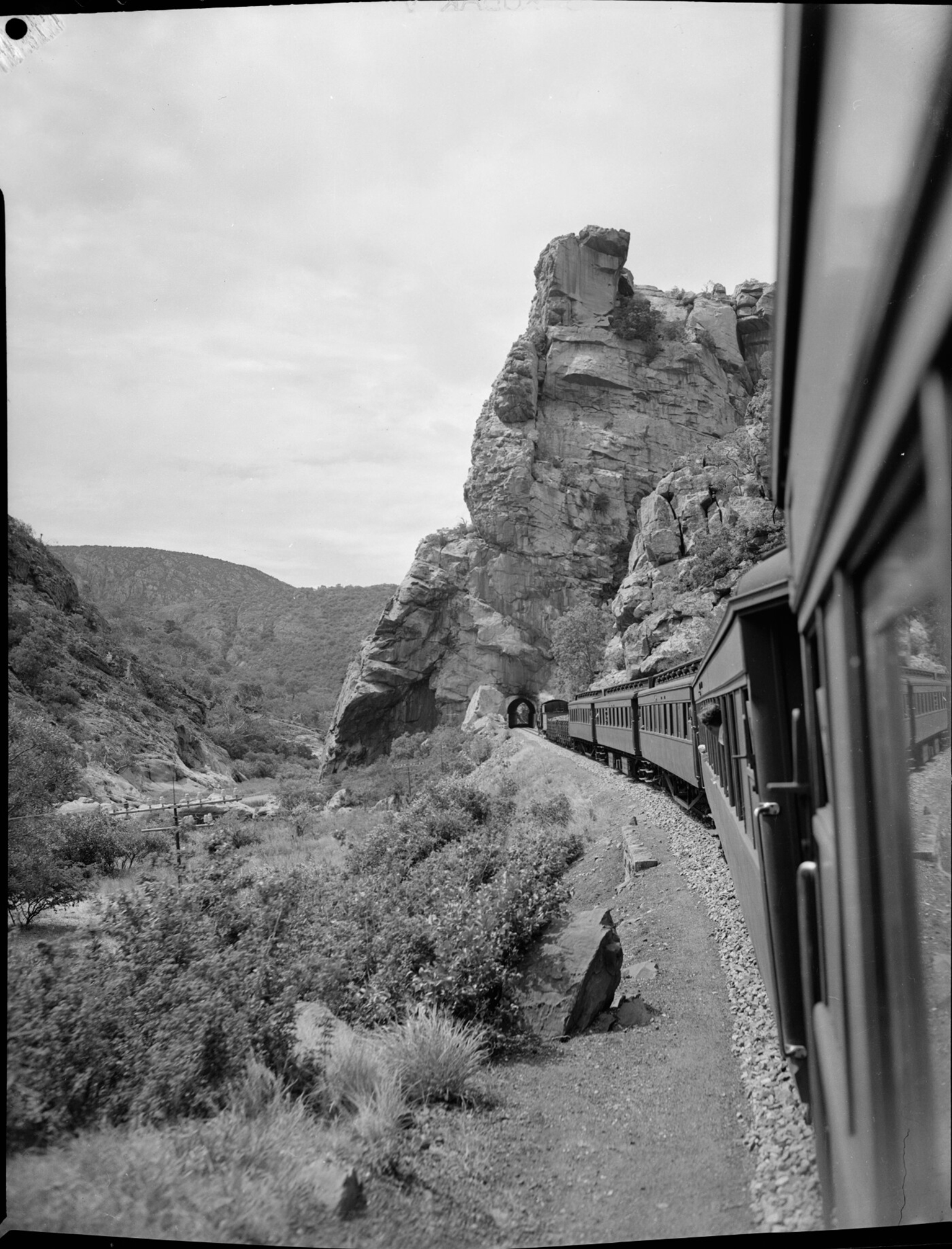 |
“Yes, the railroad played a massive role in shaping the region,” said Edwin. “Only difference here is that the mining companies arrived first and the trains followed several years later.”
Edwin, seeing that he had the ears of his group, started narrating the history of the railway tracks splitting the mountain on its way north into Africa.
“The dream of building a railroad line linking the old ZAR with the harbour at Maputo was born long before the end of the 19th century, but quite a few more decades had to pass before the steam beasts could puff their way up north. Plus, some encouragement had to come from the mining companies that needed a cheaper option to transport their goods over long distances to the harbours. You know how governments work – they take forever to get things done…
“The copper mine in Musina began around 1905, and the owners quickly saw that the government would need some motivation to build a track going north. By that time, the line leading up to Polokwane, or rather Pietersburg as it was then called, was in operation, and the Selati line linking Komatipoort with Tzaneen was also being built. In 1910, the Musina mine struck a deal with the government that they would guarantee the profitability of the northern route, and £792 000 to start building the line was set aside. Imagine how much that would be today!” Edwin looked like he was doing the math in his head…
“Anyway, construction work on the line north of Bandelierkop began early in 1912. You know, what’s interesting is that the line did not go past the town of Louis Trichardt. Because of the boggy, marshy soil in the lower part of town, the track turned to the west at the farm Ledig, a few kilos from the town. Only some years later, in 1928, the track leading into town was finished.
“But, in any case, the route up to the Sand River was completed by June 1913, and by the end of that year, the line went all the way to the Lilliput siding, near Musina,” said Edwin.
He pointed in the direction of Schoemansdal, where the group of adventurers had spent their first night. “Right next to the veldskool is the farm Sarum, which belongs to the Greaves family. John Greaves’s grandfather was a district engineer who also did some work for the railroad company. And when Pietersburg received a new station building, he had to do the block-by-block dismantling of the old granite building and re-assembling it where it stands today in Louis Trichardt. Eish, what a job that must have been!” Edwin explained with his hands making blocks in the air, shaking his head in disbelief. “They opened the new station in October 1928, complete with a red post box mounted in the granite wall, bearing the letters ER and with a king’s crown in between with the Roman numerals VII below. You obviously know that was a reference to the monarch (a fancy word for the king) at the time, Edward VII.” Edwin looked at them, as if hoping to see that they were properly aware of the significance of this piece of information.
“But that’s enough history for now. Let’s hear how Zachary was scarred,” Edwin abruptly ended his narrative.
Click here to read Zachary's story
DAY 3 - CAPTURING THE SPOOR DOWN TO MEDIKE
With some reluctance the group of adventurers left the lookout spot at the top of the mountain to make their way down into the Sand River gorge. Edwin guided them along barely visible paths, where they had to negotiate loose rocks and cling on to the roots of trees to avoid slipping down the slope.
While Marelize was carefully trying to find her footing on a rock below, she noticed some white markings and reddish dots on the rock face. “That’s a rock painting!” she exclaimed.
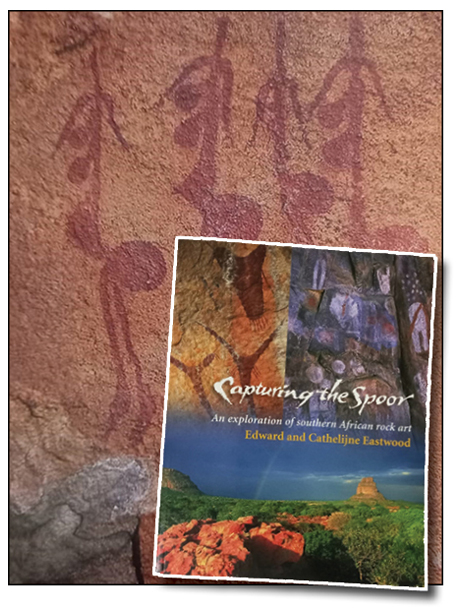 Edwin quickly made his way up again to have a proper look at the markings. “It’s an apron!” he proclaimed excitedly. “Look at the shape. We must have stumbled upon an early initiation site for young women,” he said.
Edwin quickly made his way up again to have a proper look at the markings. “It’s an apron!” he proclaimed excitedly. “Look at the shape. We must have stumbled upon an early initiation site for young women,” he said.
Marelize had to take a few more glances at the markings to try and see an apron. At first, all she could see was a squarish motif with dots inside. Only when Edwin pointed out the patterns and the finger dots did it start to make sense.
“Most of what I know is thanks to the work of the late Eddie and Cathelijne Eastwood,” explained Edwin. “These two people stayed in the Soutpansberg, but travelled throughout the region to document the rock art. In 2006 they published a book, appropriately named Capturing the Spoor.
“For me, the most fascinating part of the Eastwoods’ work is the research they did on the different types of aprons painted on such walls,” said Edwin. While the group members made their way down the mountain, Edwin told them more about the history of the rock art that can be found in the mountain.
“Eddie reckoned just over a tenth of all Khoekhoe imagery consists of paintings of women’s front aprons,” he said.
“Who are the Khoekhoe?” asked Marelize.
“It is believed that some 2000 years ago, the footprints of the Khoekhoe, or the Khoikhoi as some researchers refer to them, joined the tracks of the San people. Although it is still hotly debated, the Khoekhoe most probably came from the north, through the Kalahari in eastern and central Botswana, making their way to the Orange River. They are often referred to as ‘hunters with sheep’ who were following the watercourses,” said Edwin.
“The Limpopo Khoikhoi, as some people refer to them, settled here in the last century BC. No-one really knows if they met the San here and interacted with them. At the time, the local San hunter-gatherers may also have been practising herding and agriculture in the Limpopo basin.” Edwin put up his hands and shrugged his shoulders.
Marelize’s natural curiosity was now in overdrive. “But how can you be sure that this is a Khoekhoe painting and not one of the San’s?” she asked.
“In fact, I think this would most likely be neither. I suspect it is a later Northern Sotho painting. They preferred more secluded places, such as the thick bush alongside cliff faces in steep river gorges. In some cases, they even produced their art on top of that of the San or the Khoekhoe,” he added.
Edwin then talked for a while about the differences in the shapes of the painted aprons and how they symbolise the rites of passage. “The longer apron symbolises that the girl has now become a woman,” he explained.
“But where are they now?” asked Marelize.
“The Khoekhoe as a culture, and more specifically the groups who lived in the Limpopo basin, have all but disappeared. They were most probably assimilated by the groups who moved in from the north and the ones coming up from the south. Even groups who moved in much later, such as the Vhangona, were mostly absorbed by groups such as the Vhavenda, who moved in from the north in the 14th and 15th centuries,” Edwin answered.
By now it was getting late, and Edwin knew that they still had some hiking to do before they would reach the camp site at Medike. “Let’s move on and head for the showers,” he urged them on.
“And tonight it’s Lee’s turn to tell us how she was scarred,” he added, looking back at her with a smile. He wasn’t quite sure, but something about her seemed to be a bit reticent to share bits of herself with the others. He suspected she had been hurt and she might not be ready for a share-and-tell session.
Click here to read Lee's story
To learn more about Medike, visit the Endangered Wildlife Trust (EWT)’s website:
https://www.ewt.org.za/ewt-destinations/ewt-destinations-medike-3/
Meet the adventurers:
 |
Our narratorMarelize (27) is the narrator of the story. She is a seasoned traveller and has visited countries in Europe and the USA. |
|
Rovha is a soft-spoken dentist with smiling eyes. He is a loner and can often be found in a quiet corner reading a book or newspaper. |
 |
 |
Gerard is a Dutch adventure tourist. At 66 he has retired from the university he has been teaching at. He now spends his time travelling. |
|
Zachary (39) is a geologist. His insatiable thirst for adventure has taken him on many dangerous trails and earned him the title of Bear Grylls. |
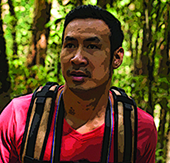 |
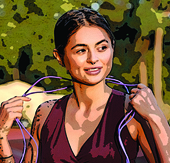 |
Lee (28) has never let her neurological disorder become a disablity. Although physically strong, she has a emotional scar she hides well. |
|
Emma is a 37-year-old award-winning journalist who is currently working for a local newspaper but aspires to be a war photographer. |
 |
 |
Shabnim's small stature may be deceiving but at age 42, she is a tough adventurer and a well-respected lecturer at a local university. |
|
Adrian is a boisterous character who enjoys controlling the conversation. He usually leads the pack and shares his expertise freely. |
|
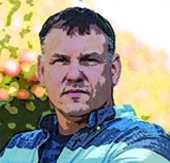 |
With a military background, Gerrit (55) was a captain in the old South African Army. He has seen the horrors of war and still runs from it. |
|
For the vibrant and energetic 25-year-old Takalani (Taki) nursing has always been |
 |
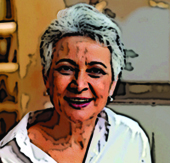 |
Lisa (53) is the mother of two grown daughters and the wife of a wealthy CEO who travels a lot. Lisa has taken up hiking to fill her days. |






